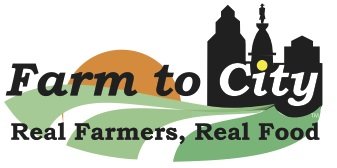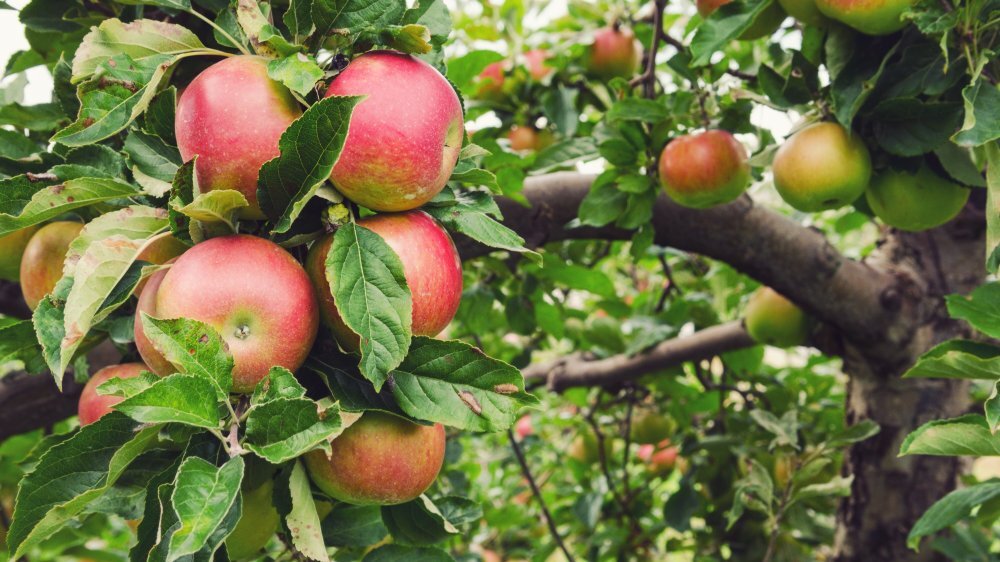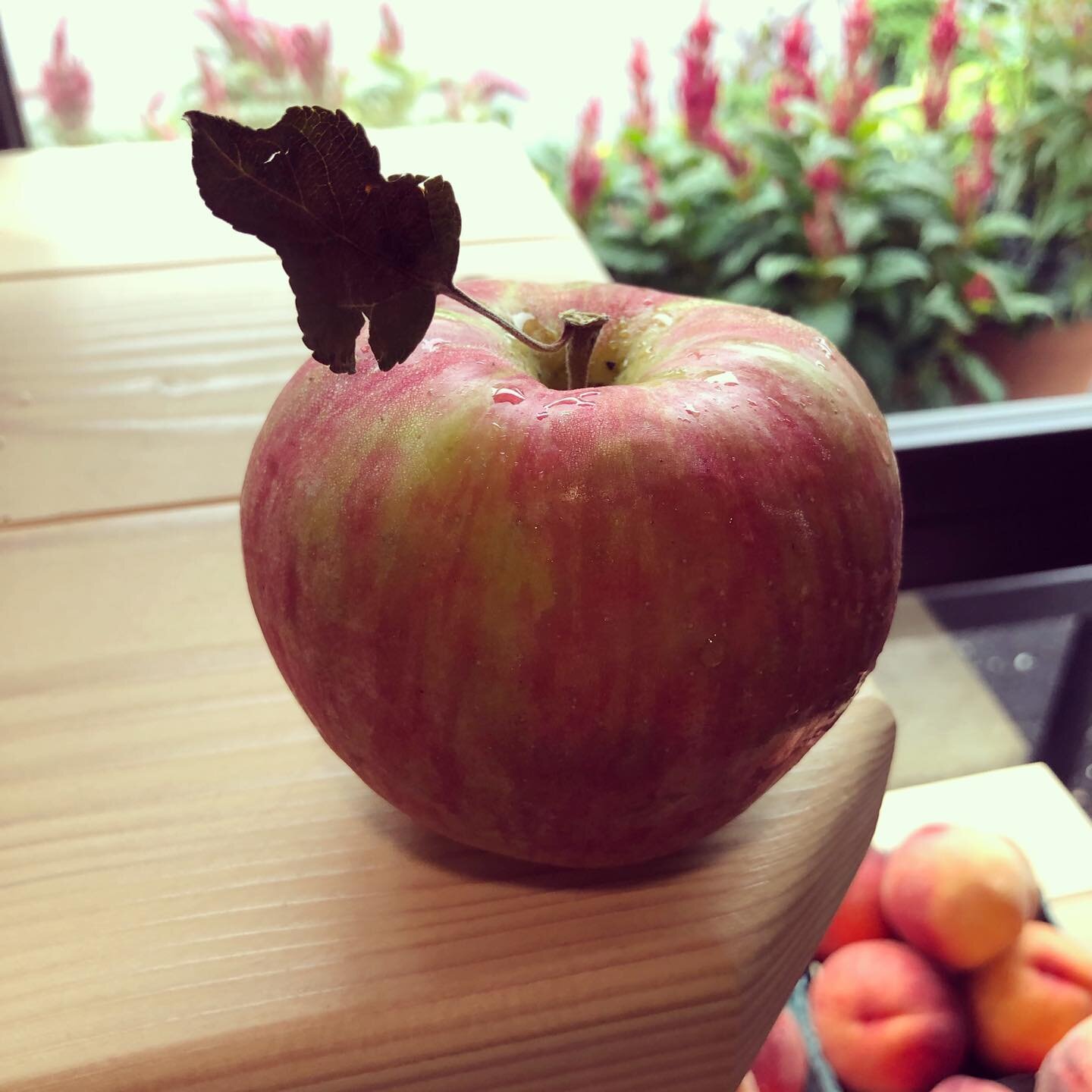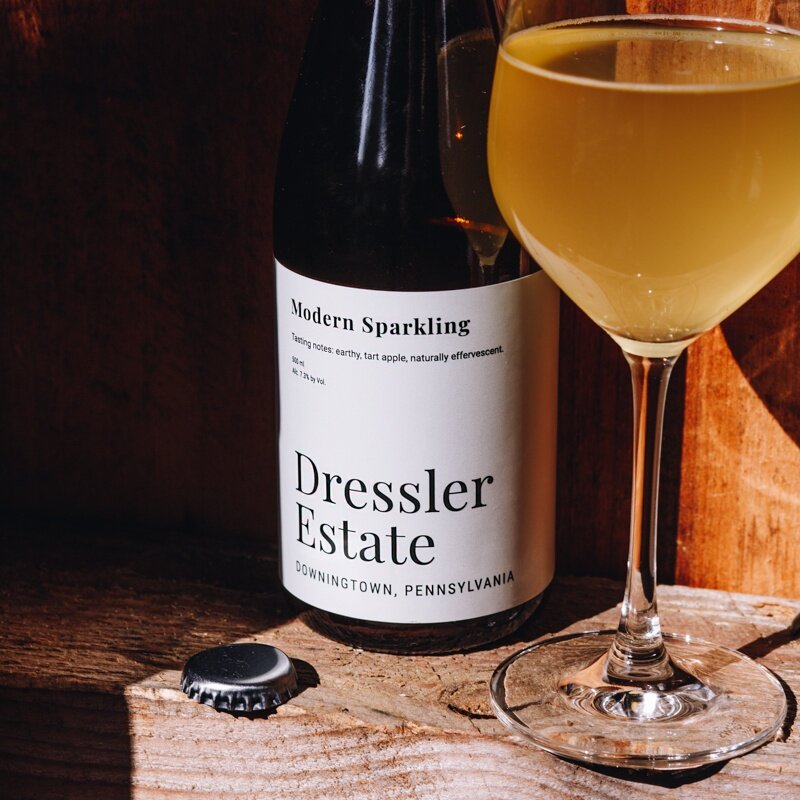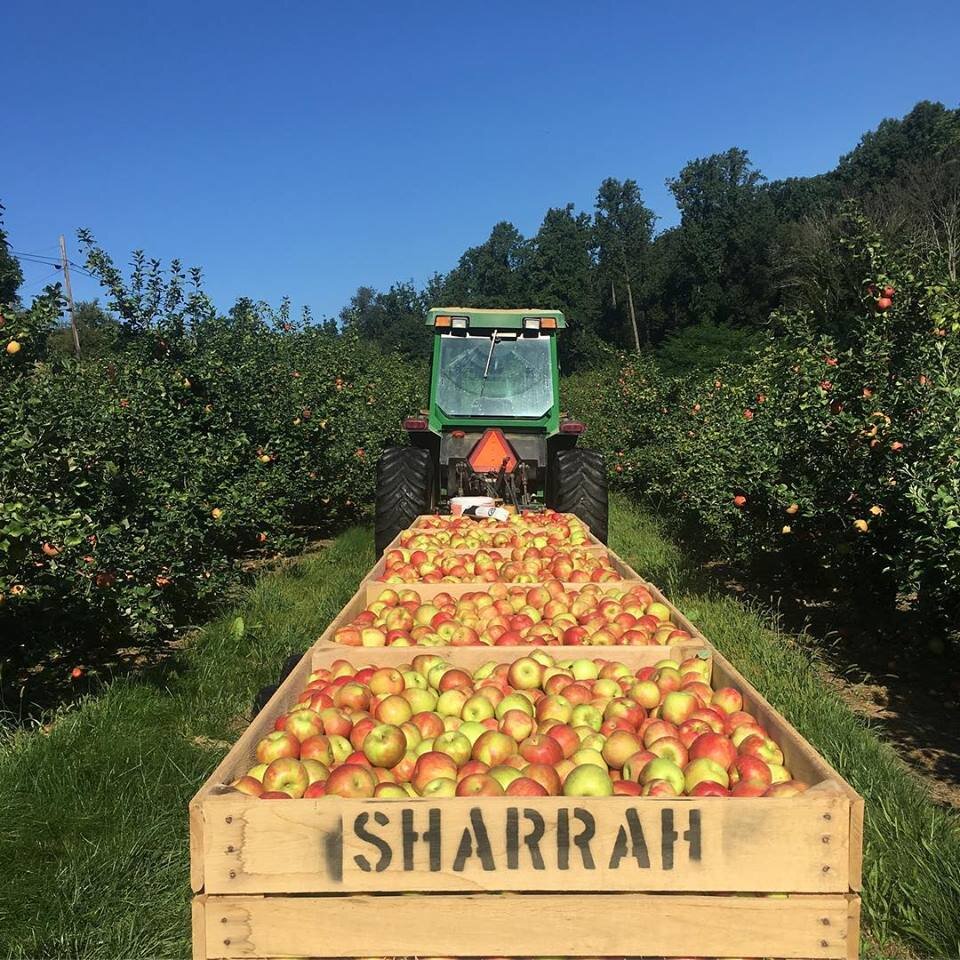The Legend of the MN-1711 Apple
If you’ve been shopping at the farmers’ markets for the last couple weeks, then we’re sure you noticed the annual reappearance of one of our most popular items ever: Apple Number MN-1711.
“There’s no other apple like it,” said Dave Garretson of Beechwood Orchards. “It’s a once-in-a-lifetime super apple really.”
And keep in mind: that’s coming from a guy whose family farm goes back several generations, all the way back to the Civil War, a whole family tree of apple-growers who’ve seen lots of other apples rise and fall in popularity, and yet not even the Garretsons have seen an apple take off like the MN-1711, otherwise known as the honeycrisp.
Officially patented and released for sale in the early 1990s, it quickly became the sixth highest selling apple in the world, a regular feature for both the small family farm and the big commercial orchards, and, according to the U.S. Apple Association, one of the the fastest growing apples in terms of production. In 2006, the MN-1711 was named the Minnesota Fruit of the Year - that’s its home state - and that same year it was recognized by the Better World Report as one of the top 25 innovations of the last decade, on the same list as Google and the nicotine patch.
“An apple with almost magical properties,” according to the Report.
“It’s totally transformed the apple world,” Dave Fahnestock told us, “from top to bottom. Not just the growing of apples but the licensing and branding of new varieties.”
“It redefined the apple industry,” Steve Frecon confirmed and, here at Farm to City, we can truly say that Apple Number MN-1711 has transformed the farmers’ markets too.
“It turned non-apple consumers into apple eaters,” Steve Frecon continued. “People who gave up on apples as a kid suddenly went back to eating apples again.”
We see it every week now at the markets: the long line of customers at each orchard stand stuffing their reusable bags with their favorite apple.
“And it will continue to redefine the apple industry,” Steve Frecon told us. “Universities and horticulturalists are using the honeycrisp to breed different kinds of apples that people will like just as much. They’ve already done it with varieties like the evercrisp and the snapdragon and there will be even more honeycrisp descendants coming in our lifetime.”
It’s interesting to hear Steve Frecon and the other growers talk about the way they breed apples, how they use big successes like the honeycrisp to develop other varieties, because the honeycrisp itself is actually a wild combination of a bunch of other apples.
According to the University of Minnesota where it was developed, it’s a cross between the macoun and the honeygold, which was itself a cross between a golden delicious and the haralson apple, which was itself a descendant of the wealthy apple, a cultivar that was developed from crabapple stock back in the 1860s.
“The texture of a honeycrisp is no accident,” writes Alex Abad-Santos of Vox.com. “Its cells have been bred to be bigger than cells in other apples, making the fruit feel juicier and crunchier than its competitor. The cells explode as your teeth tear into them. Then there’s its distinct flavor - a clean, clarified sweetness that’s almost frosty.”
“People love the apple,” Dave Fahnestock said, standing behind his scale and register at the Rittenhouse Tuesday market, “so it’s fun to grow and give people what they love.”
Beechwood Orchards agrees. “We probably sell as many honeycrisp apples as all the other kinds of apples put together,” Dave Garreston claims. “I’m not even sure how many acres we have now of just that one tree. Maybe seven.”
“I’ve never grown it,” said Brian Dressler of Dressler Estate ciders, “but people go bonkers for it.”
Brian and Olga Dressler are known for their delicately balanced, yeast-fermented hard ciders, which have been raved about here by Craig LaBan on Philly.com, so we were curious to know: can you use the honeycrisp -- an apple known for its super flavor -- in something like their modern ciders, or are they too sweet?
“Yes, we use it!” Brian wrote back. “While acids, tannins, and aromatics are important to round things out, sugar is the backbone of an alcoholic fermentation. It provides food for the yeast to convert to alcohol. Sweet and aromatic, honeycrisp is the perfect addition to the mix.”
They also do well in baking recipes although it is the kind of apple that, because of its high water content, bakes better in things like cakes and blondies, not so great in pies. We found these two recipes online:
Honeycrisp Apple Blondie a wonderful new recipe that combines apples and pecans
Classic Jewish Apple Cake one of our favorite apple recipes ever and perfect for the upcoming Rosh Hashanah holiday
